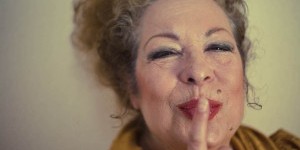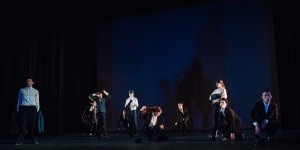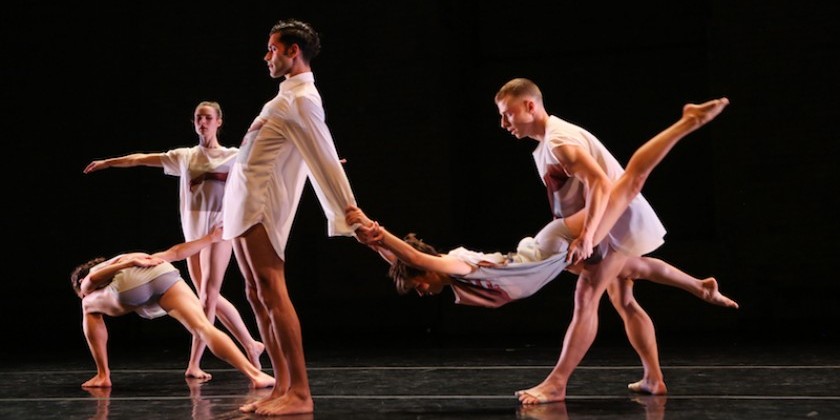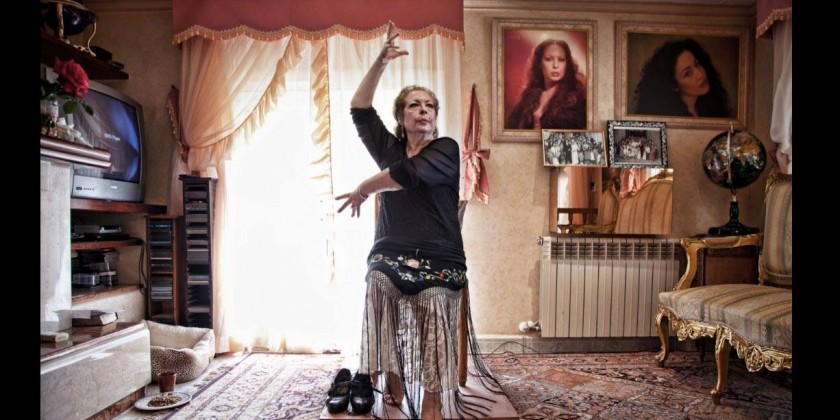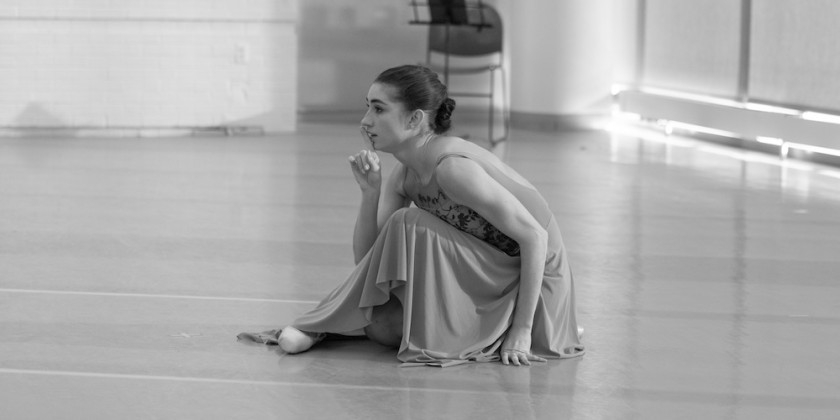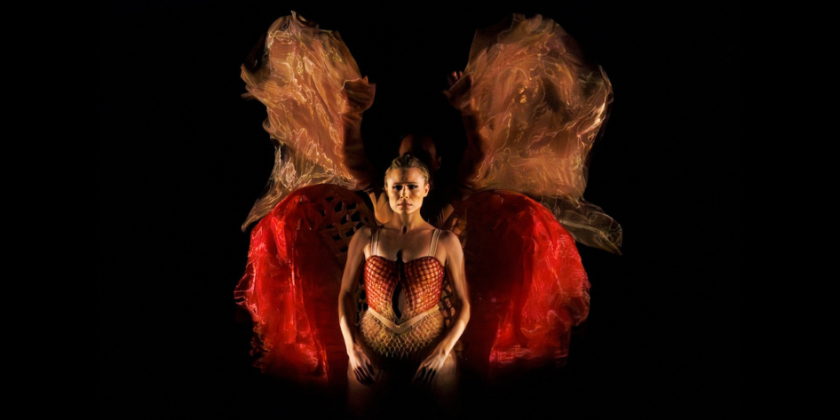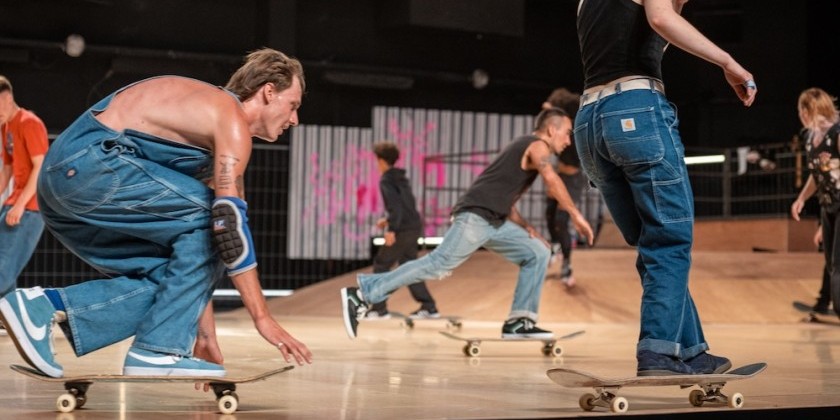Dance as Empowerment: Science Sheds Light on Dance's Power to Heal
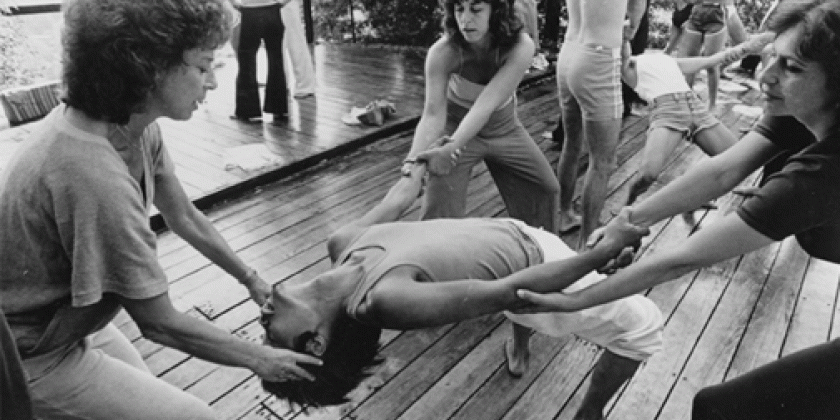
The profession of dance can be masochistic; mastering one's body can be an infuriating challenge. Rarely is the dancer who escapes the pains of nursing strained muscles, torn ligaments, and the like. Yet, dancers endure this because of the incredible rush of endorphins, and the slow, but irrefutable changes in their bodies, mind, and spirit. Yes, dance is empowering!
While dancers have always known how profoundly uplifting their calling can be, now neuroscientists, immunologists, and biochemists are finding scientific evidence to support their experience. These studies usually focus on the cellular changes due to meditation, yoga, and happiness. Dance is a form of meditation. Dancing can make one not only happy, but euphorically connected to the spirits within. For many, dance is a means of not only centering, but cleansing, grounding and liberating.
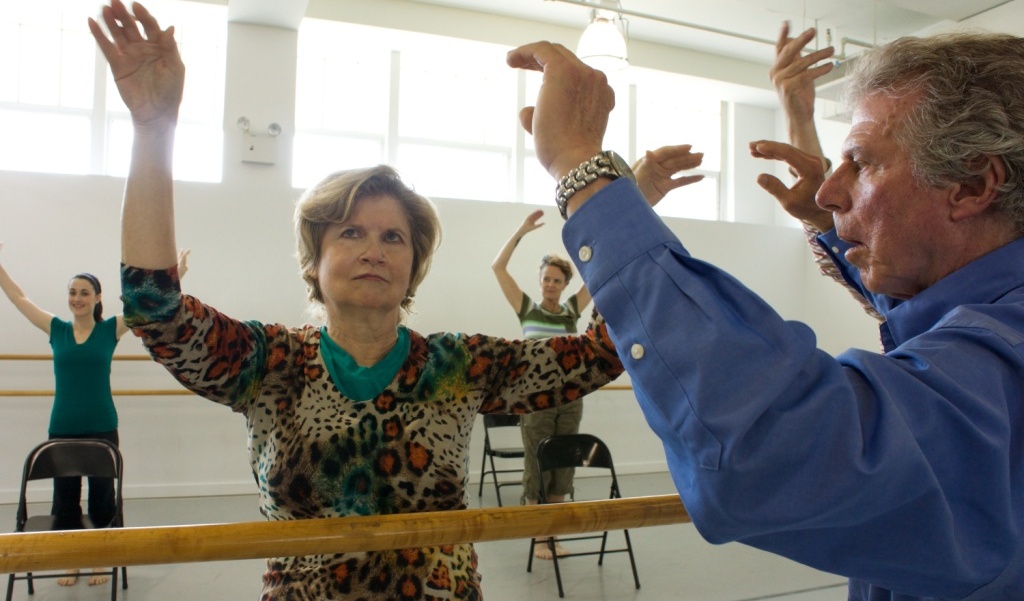
Harvard University based Aditi Nerurkar reported in The Atlantic on the findings of Steven Cole, an immunologist at UCLA, who states, "It's no question that the mind and immune system are intrinsically linked. Our body is a literal product of our environment." To think that our cells are altered by a great day of perfect battements is a reminder that a mindful approach to dance is best. The experience you have today will influence your body composition for the next 80 days, claims Cole, because that's how long most cellular processes hang around.
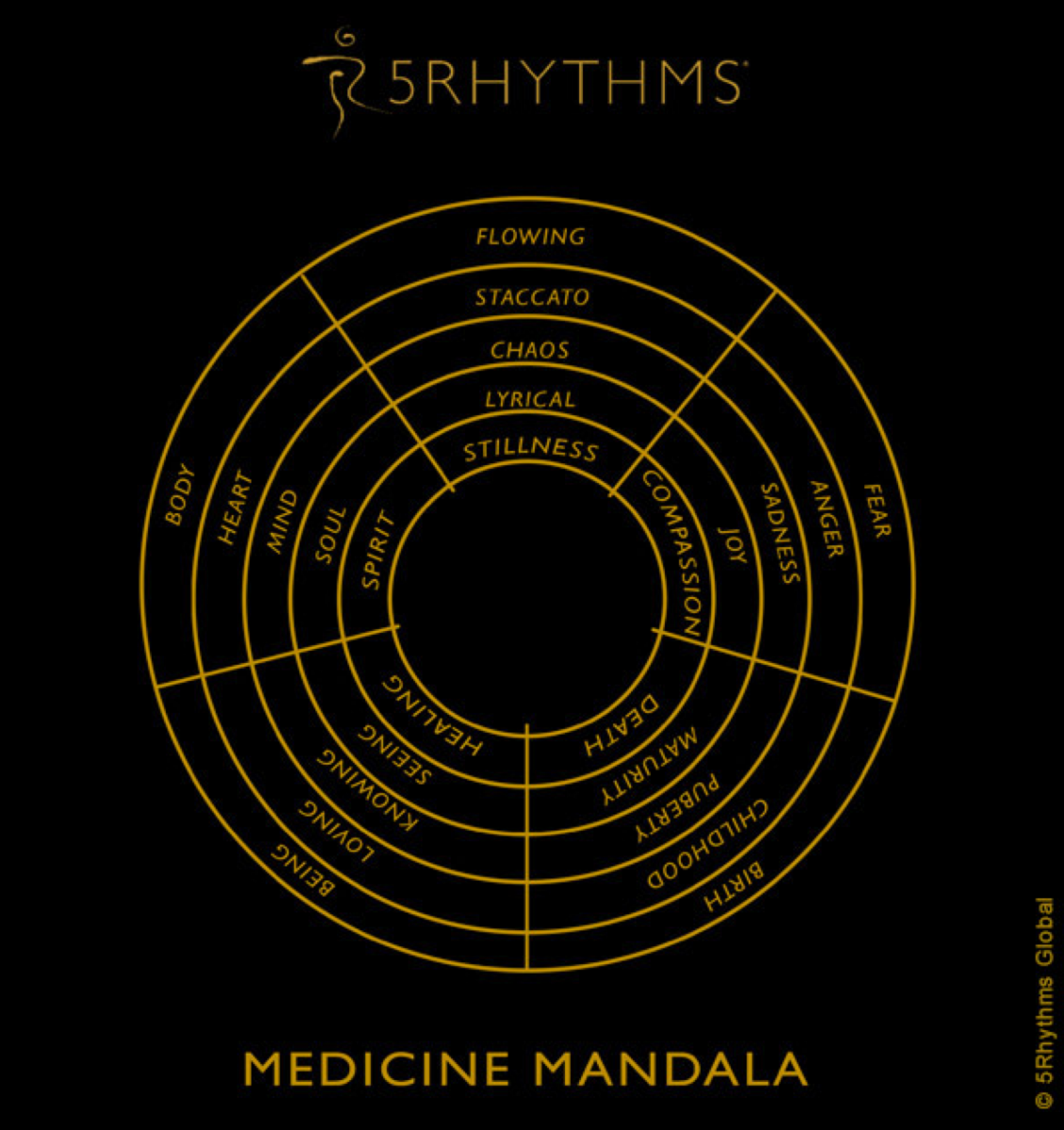
According to the American Psychological Association claims a page on the dance4healing website, 77% of people have stress-related physical symptoms, and for 73% they are psychological. The annual cost to employers from stress-related ailments tops $300 billion. Depression affects 120 million people, and the antidepressant drug market alone is $11 billion.
Once upon a time, communities always came together to dance. No one questioned why. Any occasion was a good one. In August, 2014, folk dancers came from all over Greece to unite for three day festival on the island of Skopelos. It was stunning to see so many dancers united in rhythm, stance, and hands. While fashions change, our basic needs for intimacy and connections do not.
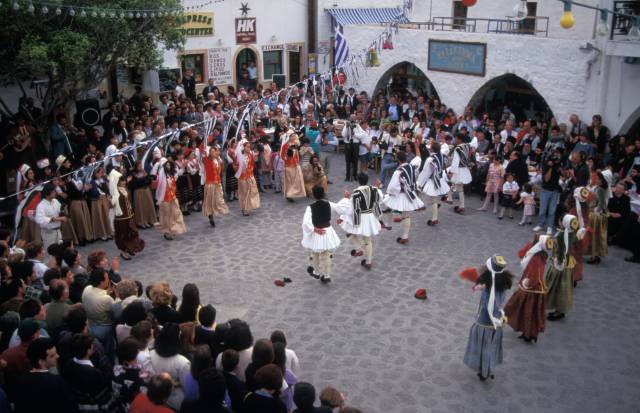
Gabrielle Roth discovered over 40 years ago through her study of flamenco a movement approach called 5rhythm: (Flowing, Staccato, Chaos, Lyrical, Stillness) that has served countless numbers to experience their "real self, a vulnerable, wild passionate, instinctive self." She created a Medicine Mandala.
For those dealing with diseases, from dementia to cancer to Parkinson's disease, dance can help the body to heal. A recent article in AARP advocated dance for the elderly because it boosts cardiovascular health and bone strength as well as improves balance and flexibility. The New England Journal of Medicine published the research that frequent dancing, the only physical activity of the 9 studied, lowered the participants' risk of dementia considerably.
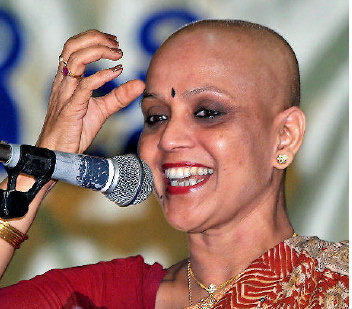
Indian dancer Ananda Shankar Jayant shares on Ted Talks how she danced through the trauma of cancer throughthe power of focus, choice of thought, image, and metaphor." She kept thinking of turgha, the fearless one!
David Iverson's new film "Capturing Grace," shot at Mark Morris Dance Center in Brooklyn, demonstrates how dance can be a powerful tool in combating some effects of Parkinson's disease. Mark Morris says, The dancing part of this isn't a miracle and it's not a treatment, but I also see this amazing thing of the people who come into the building one way and leave another. And I don't mean by a different door. I mean they've been transformed in a certain way.
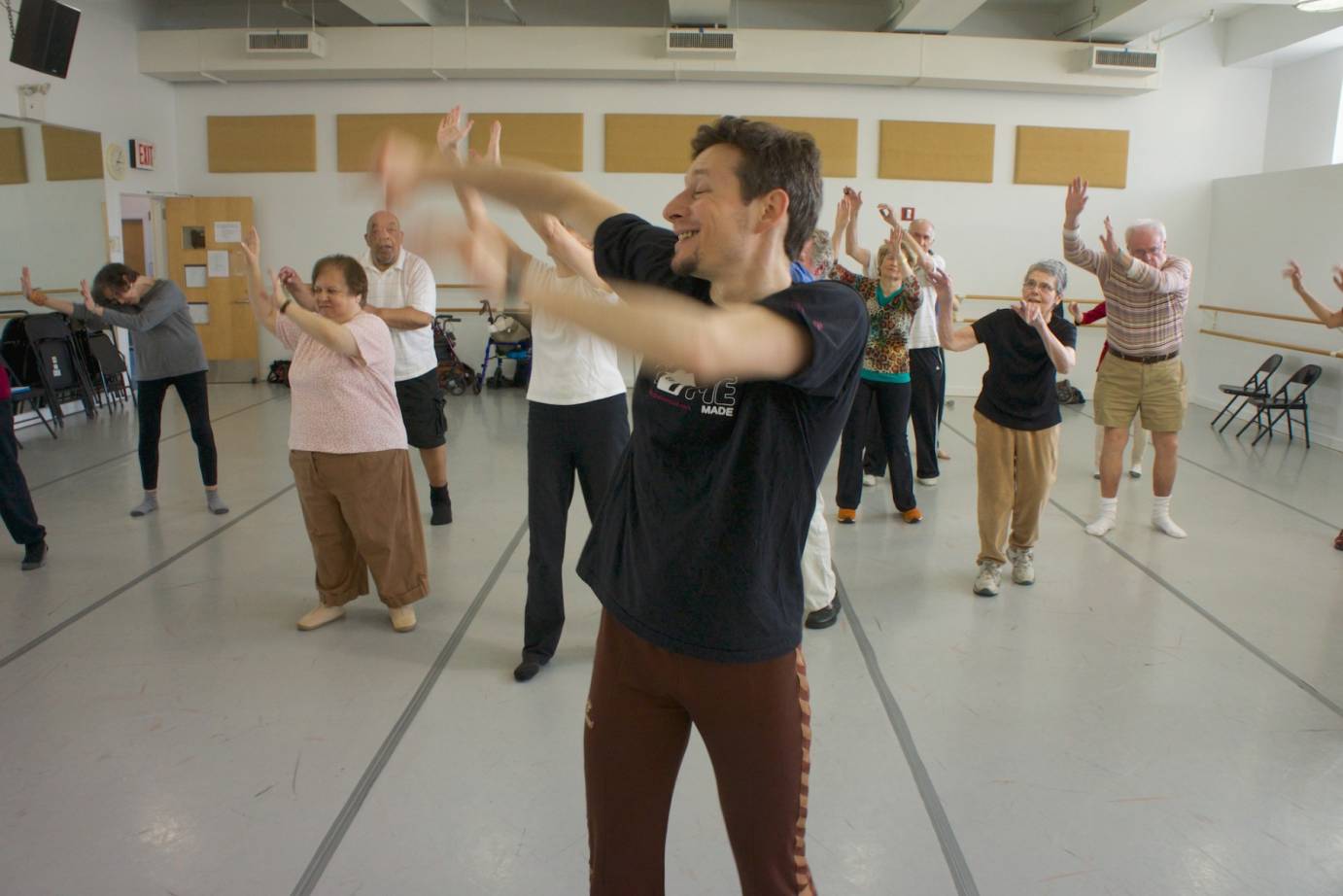
In the feature film documentary "La Chana," we witness, a self-taught flamenco dancer, Antonia Santiago Amador, aka La Chana, who survived years of domestic violence through dance. In the sanctuary of her movements, she felt sure to discover jewels within her mind's labyrinth.
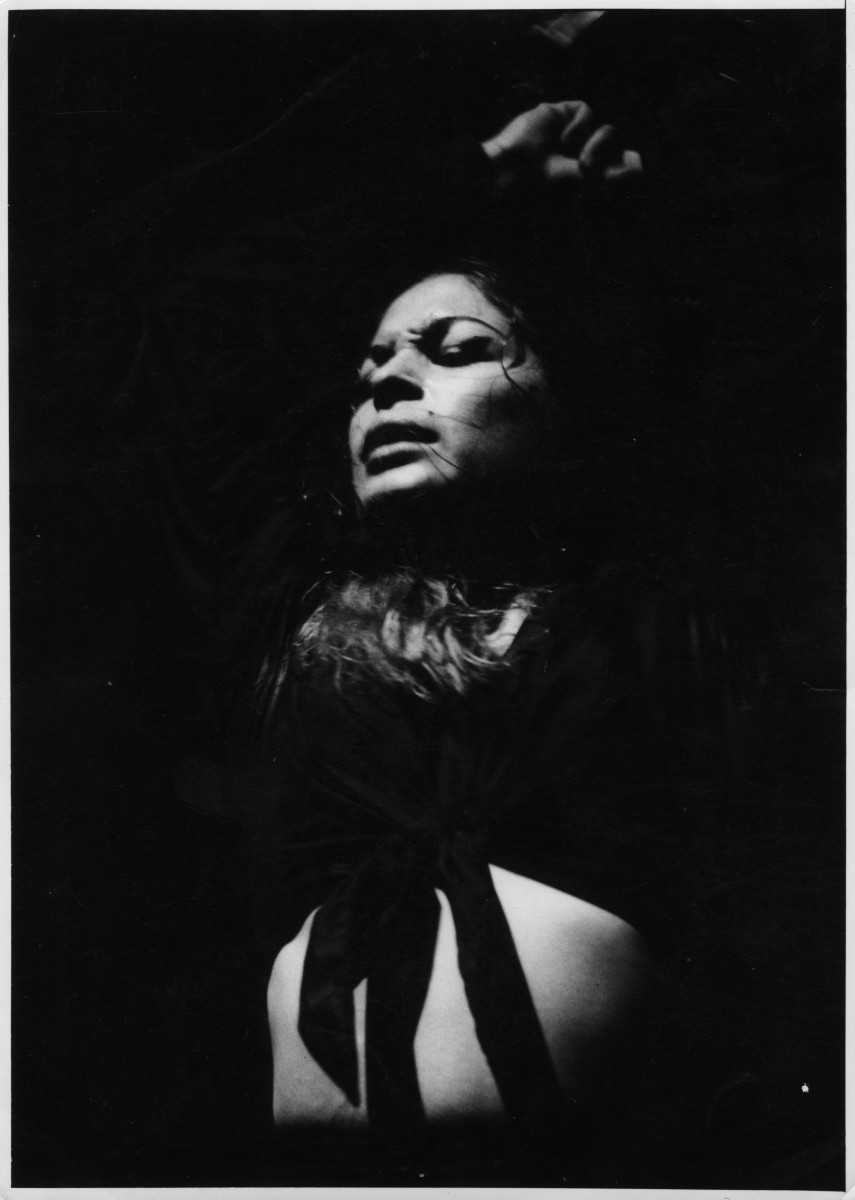
The marvelous dancer Anna Halprin says, Just as the ancients danced to call upon the spirits in nature, we too can dance to call the spirits within us.
http://www.dance-enthusiast.com/features/view/Dance-Event-Empower




